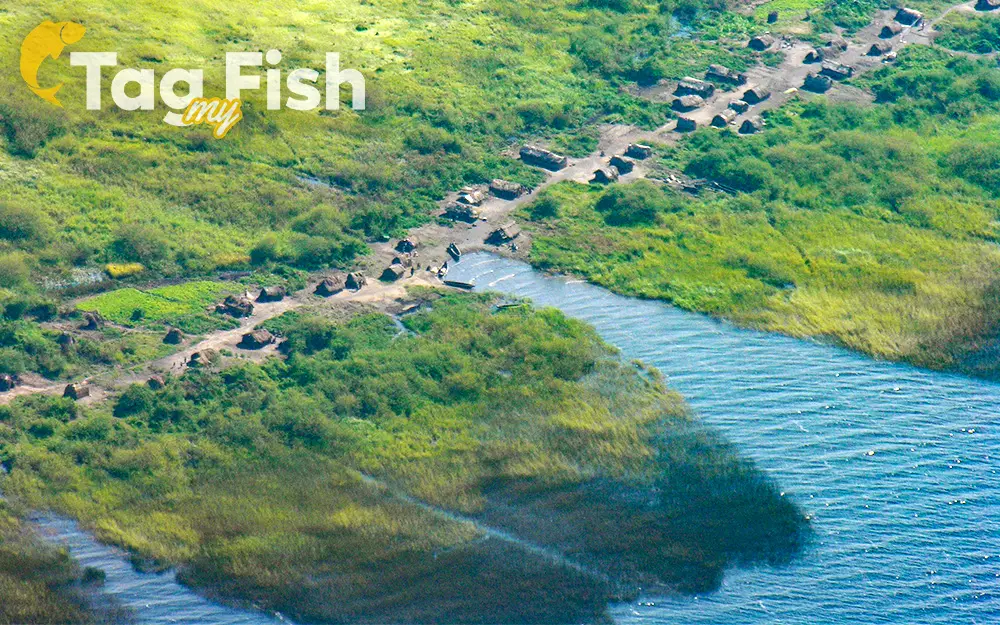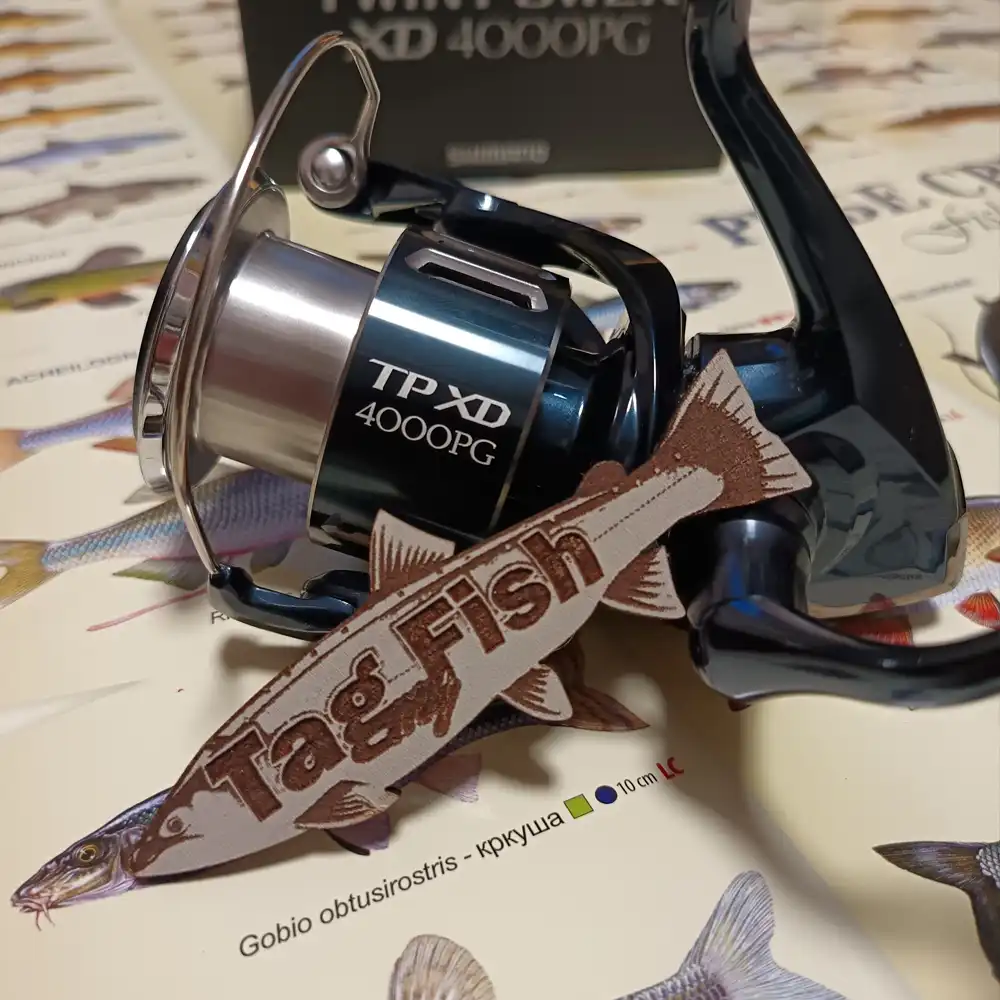Lake Mweru

General data
- Name: Lake Mweru
- Water system: Congo River
- Water type: Natural lake
- Progression: Luvua -> Lualaba -> Congo River -> Gulf of Guinea -> Atlantic Ocean -> Planet Earth
- Climates: Tropical
- Continents: Africa
- Countries: Zambia, Democratic Republic of the Congo
Lake Mweru (also spelled Mwelu, Mwero) is a freshwater lake on the longest arm of Africa’s second-longest river, the Congo. Mweru is mainly fed by the Luapula River, which comes in through swamps from the south, and the Kalungwishi River from the east. At its north end the lake is drained by the Luvua River, which flows in a northwesterly direction to join the Lualaba River and thence to the Congo. It is the second-largest lake in the Congo’s drainage basin and is located 150 kilometres (93 mi) west of the southern end of the largest, Lake Tanganyika. Mweru has always been noted for its longfin tilapia (Oreochromis macrochir), called pale in Chibemba, which traditionally were dried on racks or mats in the sun and packed in baskets for market. (Smoking and salting fish are more recent processes in the area). Catfish (one species of which grows up to 2 metres (6 ft 7 in) in length), a kind of carp, tigerfish, elephantfish and sardine-like fish are also caught.

 English
English
 Spanish
Spanish
 German
German
 French
French
 Serbian
Serbian
 Russian
Russian

